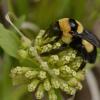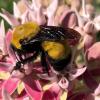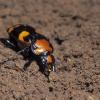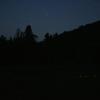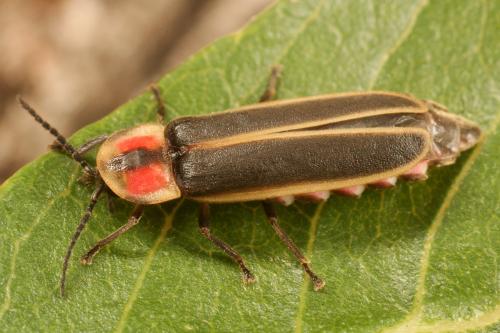
Activity Period and Flash Signal
Adults are typically active in August, after the monsoon rains have started. Males of this species gather in lek areas, where they sometimes synchronize their flash displays. These displays are composed of triplet yellow flashes emitted about every six seconds.
The Southwest synchronous firefly has a scattered distribution across southeastern Arizona and northern Mexico. It’s possible it is more widespread throughout the Sky Islands than is currently documented.
This species is typically found near permanently wet areas of dry habitats like marshy areas along desert streams.
- IUCN Red List status: Vulnerable
- NatureServe status: G2G3—Imperiled, SNR—State Not Ranked (Arizona)
- U.S. Endangered Species Act status: None
Because of its congregating behavior, this firefly is especially vulnerable to extinction due to human-caused habitat modification and drought. It has already been extirpated from at least one locality.
- We need to know more about the distribution of this species. Please check out the Firefly Atlas to help us track and conserve this threatened firefly.
- Turn off your outdoor lights at night so the lights of this firefly aren’t diminished by light pollution. You can read more about firefly-friendly lighting in our fact sheet.
- Avoid pesticide use, which could harm this firefly, its habitat, or its prey.
Candace Fallon, The Xerces Society for Invertebrate Conservation, based on the IUCN Red List assessment

